As the familiar rumble of the traditional combustion-engine 4wd becomes an echo of the past, there’s an electrifying pulse shaping the future. Electric vehicles (EVs) are no longer just an urban solution. They are gradually penetrating the wilderness, as manufacturers harness electric technologies to enhance the off-road capabilities of these adventurous rides. But what does the electrification of 4wd vehicles mean for you, the overlanding and 4wd touring enthusiast?
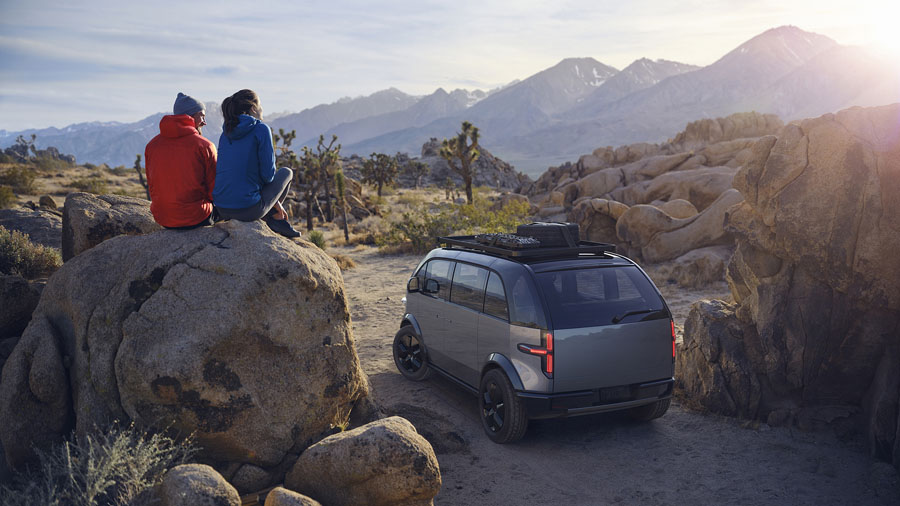
Let’s unravel this.
Imagine gripping the wheel of a robust 4wd vehicle that offers not just adventure, but also the whisper-quiet tranquillity of electric power as you explore the great outdoors. This is the promise of the forthcoming era of electric 4wd vehicles.
For our avid readers keen to understand this transition, we’ve put together a comprehensive exploration of the electrification of 4wd vehicles. We’ll dive into emerging electrical vehicle options suitable for overlanding and 4wd touring, and consider how they could transform your camping lifestyle.
- What are the unique benefits of an electric 4wd compared to its internal-combustion predecessor?
- How are the big automotive brands responding to this electricity-driven shift?
- What are the challenges and opportunities facing the adoption of electric vehicles in the 4wd touring and overlanding sectors?
So, buckle up, and let’s embark on a journey into the electrified future of 4wd touring and overlanding.
Electrification of 4WD Vehicles: An Overview
Say goodbye to the rumbling engines and the scent of petrol – the future of 4wd vehicles is electric. This shift towards electrification isn’t just a trend, it’s being driven by real-world benefits. Namely, the high torque for powerful off-road performance, fewer moving parts for ease of maintenance, and the bonus of zero-emissions for a cleaner camping environment. Coupled with recent leaps in battery technology and charging infrastructure, the prospect of touring and overlanding using electric 4wd vehicles is closer than ever before.
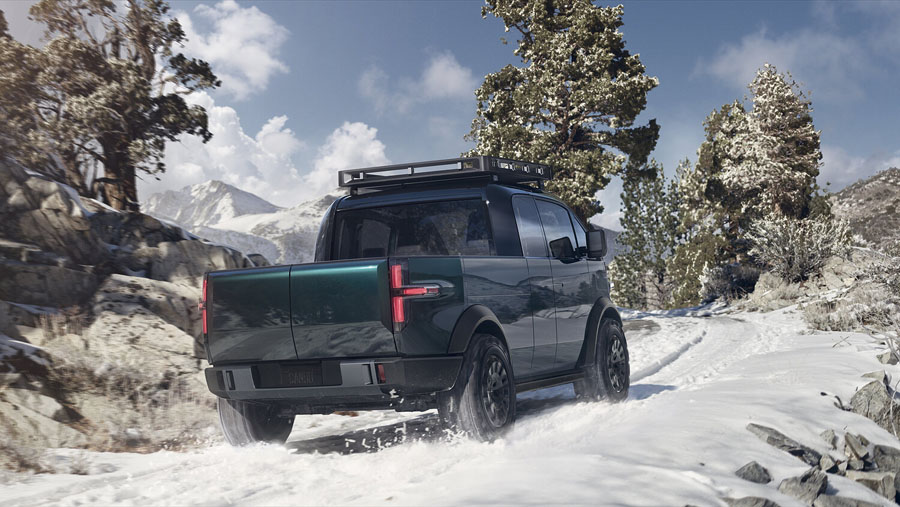
Emerging Electric Vehicle Options
If you’re considering swapping your trusty diesel or petrol guzzler for a planet-friendly electric 4wd, you’re in good company. A handful of pioneering manufacturers are already stepping up to meet this demand.
- Rivian R1T: This dynamic pick-up truck has made headlines for its impressive off-roading capabilities. With a range of over 300 miles, the R1T is ready to take you on your next adventure, going the extra mile (literally) for more extensive exploration in the outdoors.
- Tesla Cybertruck: A hot topic in the automotive world, the Cybertruck’s futuristic design is matched by high performance. With potential for over 500 miles of range and adjustable air suspension, it’s loaded for heavy-duty off-roading.
- General Motors’ Hummer EV: Reviving the iconic Hummer as an all-electric vehicle, General Motors has created a mammoth machine. The Hummer EV undoubtedly stands out with 1,000hp and ability for ‘crab-walking’. With its intimidating presence, it adds power and panache to your escapades.
These are just a few examples – the market is expanding, and the options for electric 4wds will only continue to grow.
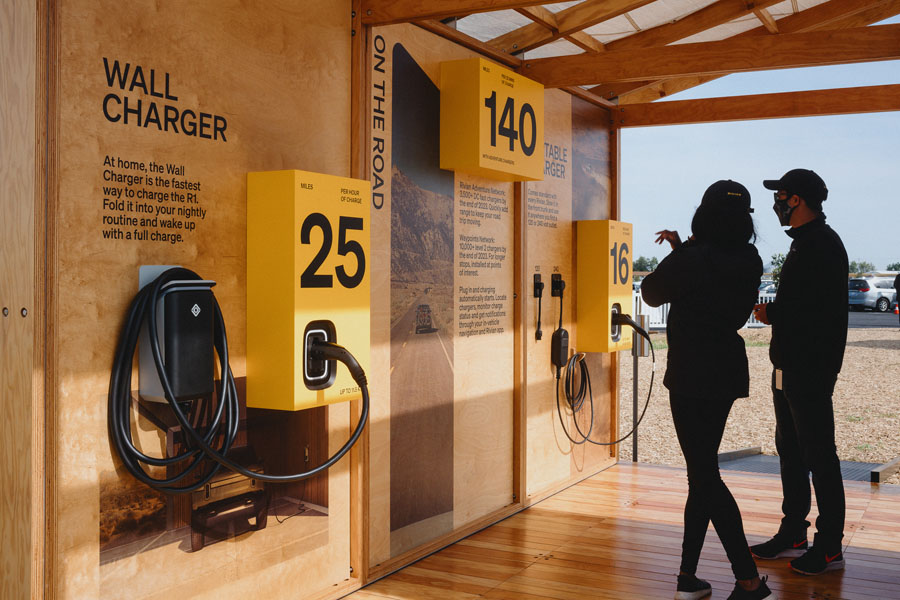
Bear in Mind
While the aforementioned are fabulous conversation starters and trailblazers, the electric 4wd vehicles are still in their infancy, especially in the context of real-world touring and overlanding. So, while you might be tempted to take the plunge, remember that there are still challenges to confront. The development of wide-reaching charging infrastructure and innovations in extended battery range are yet ongoing. Similarly, maintenance and repairs in remote areas still pose a challenge.
In conclusion, for those of us who hear the call of the wild, the future of electric 4wd vehicles seems inevitably exciting, albeit with a few speed bumps en route.
Off-roading or overlanding in a silent vehicle while leaving a smaller footprint isn’t far off. It’s a win-win situation for both, our love for adventure and commitment to the environment.
Electric vehicle sales are projected to reach 54 million units by 2040 and the cost of electric vehicle batteries has decreased by 87% since 2010.
What does this mean for you, an enthusiast of 4WD touring and overlanding? Fundamentally, it points towards a future where you can embark on your favourite adventures in a more sustainable, efficient, and technologically advanced way. Electric vehicles (EVs) are not only going to be an integral part of our regular roads; they are also set to take over the less-trodden paths associated with 4WD touring.
For one, electric 4WDs come with significant benefits. Let’s delve deeper into a few of these:
- Reduced Emission – Mobility in isolated and natural areas often comes with a downside. The greenhouse gases produced by traditional combustion engines contribute to pollution and climate change. Electric 4WDs, on the other hand, run on clean energy, ensuring that you leave only footprints, not fumes, on your adventures.
- Instant Torque – Electric motors generate instant torque, providing your 4WD with explosive off-the-line acceleration and superior control on low-traction surfaces.
- Reduced Maintenance – EVs come with fewer moving parts than their internal combustion engine cousins, leading to significantly reduced maintenance needs and downtime.
- Reduced Noise Pollution – Eco-touring becomes more achievable with the hushed hum of an electric motor replacing the rumble of a petrol or diesel engine, allowing travellers to get closer to wildlife.
While the benefits are exciting, it’s crucial to remember that—the as with most innovations—there are also challenges to resolve. A primary concern for many is range anxiety, with EV battery life still an understandable worry for those planning extensive touring trips. Likewise, charging infrastructure, particularly in remote areas, is an issue that will need addressing as electric 4WD adoption grows.
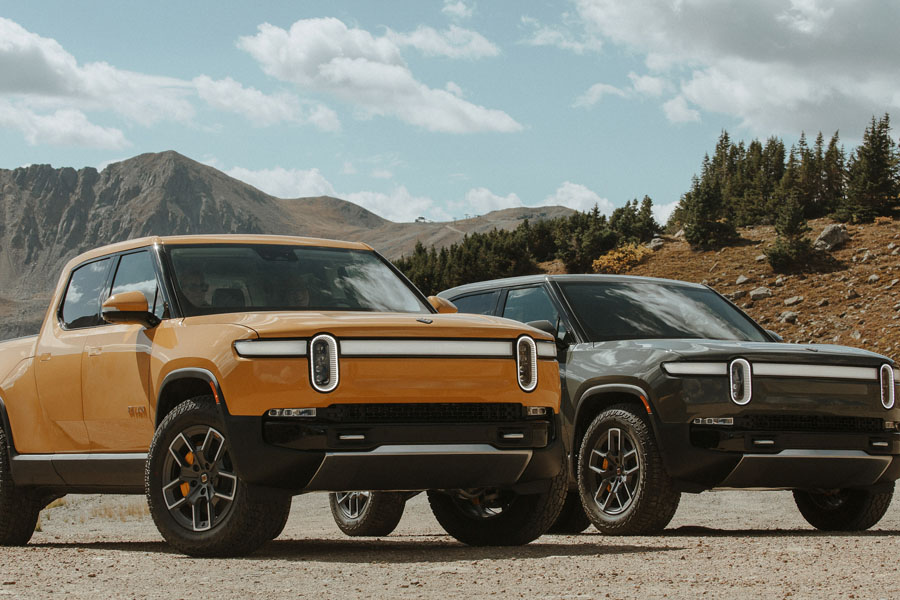
Even so, industry advancements are promising. Better, more efficient batteries are developing rapidly, with the distance per charge in many EVs now comparable to traditional fuel approaches. Charging infrastructure is also expanding into more remote settings, promising a future where range anxiety and infrastructure concerns are a thing of the past.
Today, we’re seeing a growing number of companies stepping into the electric 4WD scene. Whether it’s newcomers like Rivian, with its R1T pickup designed for rugged off-road adventure, or established brands like Land Rover, with its P400e—a plug-in hybrid version of the iconic Range Rover—there’s a clear trend towards electrification in the 4WD sector.
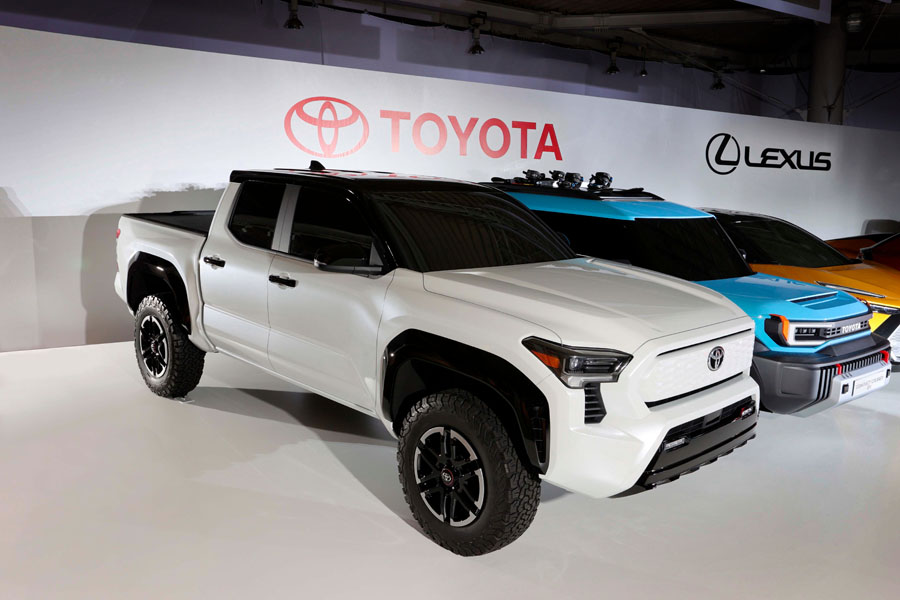
So, fellow travellers, the next chapter of 4WD touring and overlanding might just be electric. As technologies advance and manufacturers tune into the needs of our community, the vision of a sustainable, efficient, and thrilling electric 4WD adventure is becoming an inspiring reality.

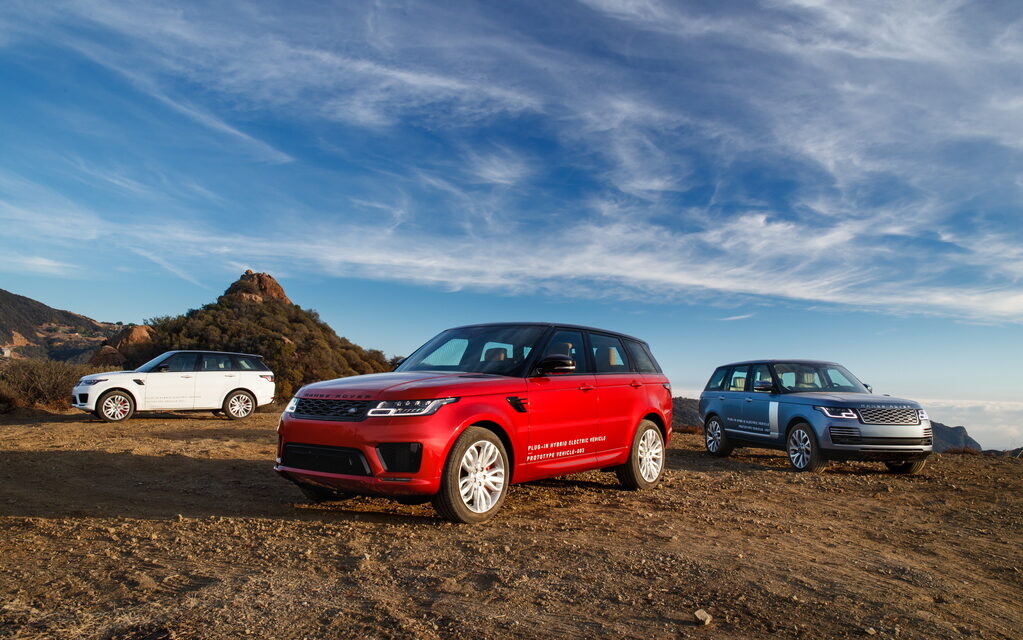
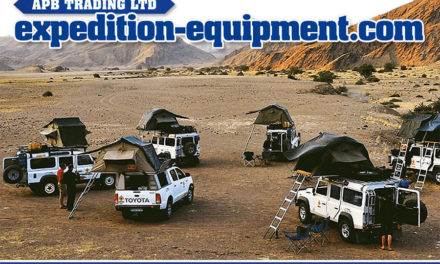

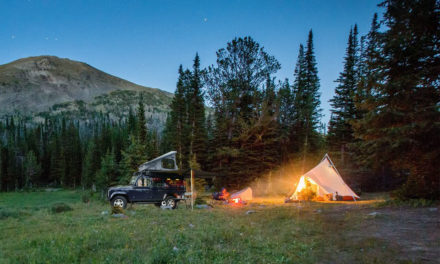



Recent Comments